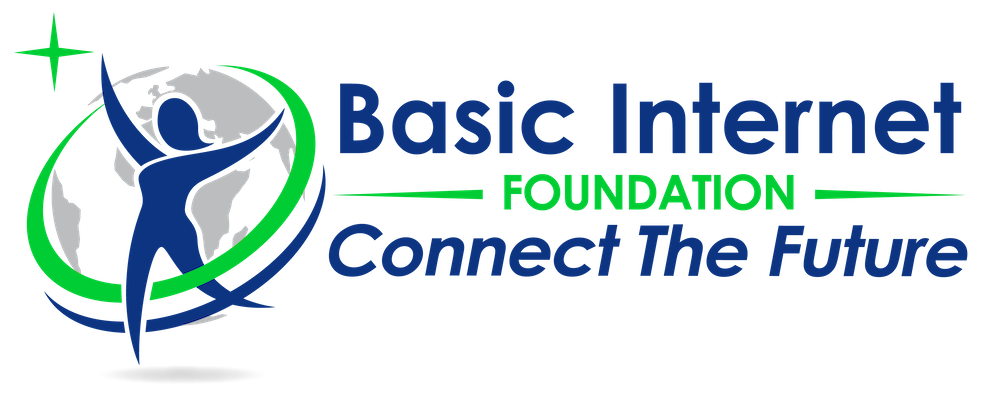SESA – Smart Energy Solutions for Africa is a collaborative project between the European Union and nine African countries (Ghana, Kenya, Malawi, Morocco, Namibia, Nigeria, Rwanda, South Africa and Tanzania) that aims at providing energy access technologies and business models that are easily replicable and generate local opportunities for economic development and social cohesion
in Africa.
Course Rural Access to Information
0. Introduction
The Introduction to the Rural Access gives you a short introduction about the overall topic. After experiences from communities that we connected, we provide a short overview over the lectures one to four.
Download the lecture slides here.
1. Regional Competence Centre (RCC) for connectivity and local inclusion
The first lecture on creating a SESA InfoSpot provides the best praxis we have developed. It starts with the role of the Universities and Technology Centres in driving the digital transformation. These Regional Competence Centres (RCCs) are centres of excellence, where students gain relevant theoretical and practical knowledge on connectivity and the role of information.
Students configure the devices, then travel out and connect the schools and communities. Through meeting community members, the students experience real challenges, the need for information and learn to teach.
Download the lecture slides here.
2. Regional SESA InfoSpots for energy empowerment
Lecture two has the focus on the configuration of the InfoSpot and the explanation of the devices. The InfoSpot has three components, being
– the antenna allowing to get mobile Internet from as far as 20 away (or even further),
– the Local Network Control Centre (LNCC) ensuring that everyone comes first to the Community Server, ensuring that as much as possible traffic is kept locally, and
– the local Community Server ensuring that all content can be provided free of charge, adapted to the needs of the community, new content can be added, and content can be contextualised for the community.
Download the lecture slides here.
3. Digital inclusion and sustainable development in rural areas
The third lecture explains what we do in the village. It’s about awareness, training and basic work prior to setting up the InfoSpot. Amongst the actions to be taken is
– the location of the mast in relation to the mobile tower,
– the measurement of the mobile network field strength,
– an understanding of where you can establish the InfoSpot, and
– examples on how installation is taking place.
Download the lecture slides here.
4. Providing Information on Energy
The fourth lecture provides energy information from the SESA project and other sources. The information is stored locally on the Community Server, and is freely available for everyone. The course content is taken from the SESA Toolbox, and transformed into a local web site.
Furthermore, information on energy is provided in the local Nextcloud, being a local cloud. As all information is locally, everyone can contribute to information relevant for the community, see courses on WordPress and Nextcloud.
Download the lecture slides here.
 http://sesa-euafrica.eu
http://sesa-euafrica.eu The SESA project has received funding from the European Union’s Horizon 2020 research and innovation programme under grant agreement No. 101037141. This material reflects only the views of the Consortium, and the EC cannot be held responsible for any use that may be made of the information in it.

Recent Comments